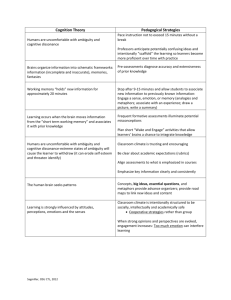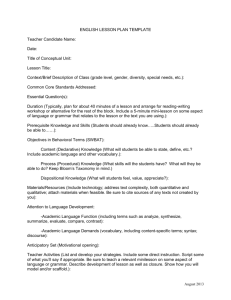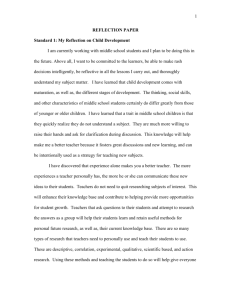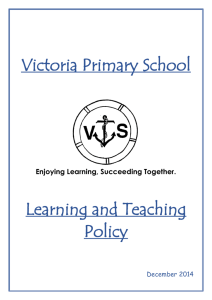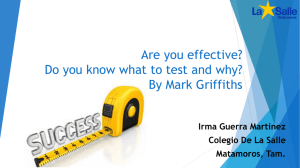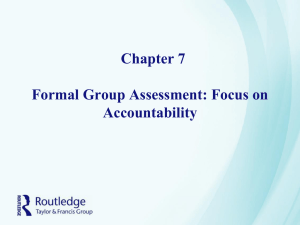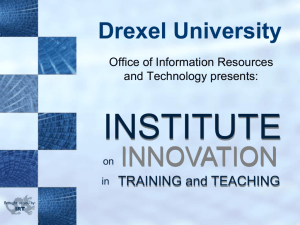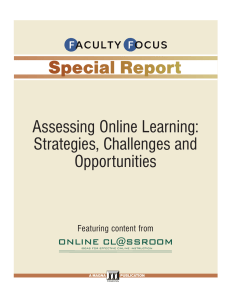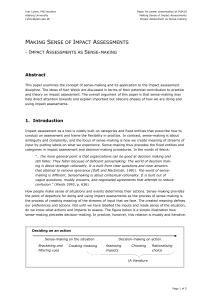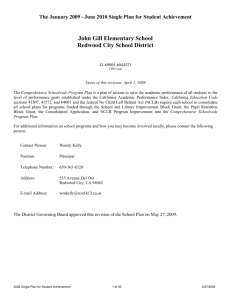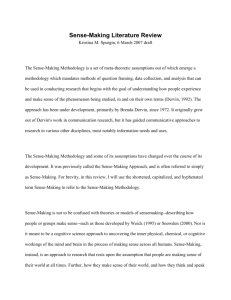Cognition and Learning: Review of the Research, 2012
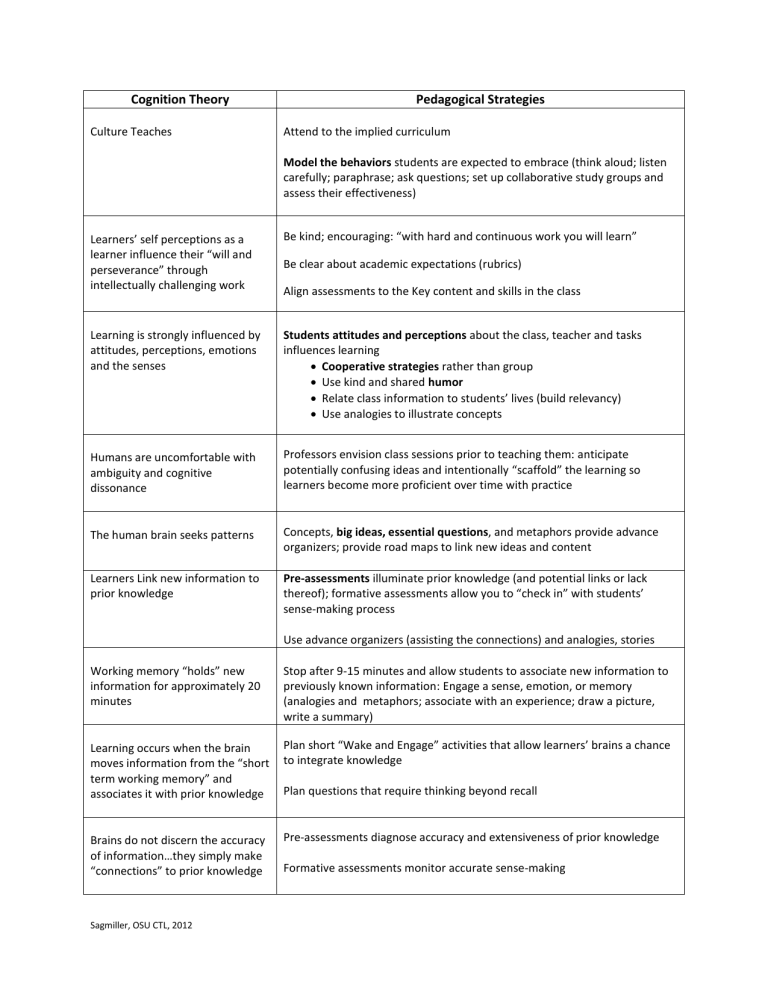
Cognition Theory
Culture Teaches
Learners’ self perceptions as a learner influence their “will and perseverance” through intellectually challenging work
Learning is strongly influenced by attitudes, perceptions, emotions and the senses
Pedagogical Strategies
Attend to the implied curriculum
Model the behaviors students are expected to embrace (think aloud; listen carefully; paraphrase; ask questions; set up collaborative study groups and assess their effectiveness)
Be kind; encouraging: “with hard and continuous work you will learn”
Be clear about academic expectations (rubrics)
Align assessments to the Key content and skills in the class
Students attitudes and perceptions about the class, teacher and tasks influences learning
Cooperative strategies rather than group
Use kind and shared humor
Relate class information to students’ lives (build relevancy)
Use analogies to illustrate concepts
Professors envision class sessions prior to teaching them: anticipate potentially confusing ideas and intentionally “scaffold” the learning so learners become more proficient over time with practice
Humans are uncomfortable with ambiguity and cognitive dissonance
The human brain seeks patterns
Learners Link new information to prior knowledge
Working memory “holds” new information for approximately 20 minutes
Learning occurs when the brain moves information from the “short term working memory” and associates it with prior knowledge
Brains do not discern the accuracy of information…they simply make
“connections” to prior knowledge
Concepts, big ideas, essential questions, and metaphors provide advance organizers; provide road maps to link new ideas and content
Pre-assessments illuminate prior knowledge (and potential links or lack thereof); formative assessments allow you to “check in” with students’ sense-making process
Use advance organizers (assisting the connections) and analogies, stories
Stop after 9-15 minutes and allow students to associate new information to previously known information: Engage a sense, emotion, or memory
(analogies and metaphors; associate with an experience; draw a picture, write a summary)
Plan short “Wake and Engage” activities that allow learners’ brains a chance to integrate knowledge
Plan questions that require thinking beyond recall
Pre-assessments diagnose accuracy and extensiveness of prior knowledge
Formative assessments monitor accurate sense-making
Sagmiller, OSU CTL, 2012
Human brains “trust” the practical world more than the abstract world
Understanding has degrees
Learners need multiple opportunities to challenge ideas: cooperative group work; performance-based learning experiences; experiments, reflections
Diagnose students’ misconceptions through assessments to assist in the identification of misconceptions and inaccurate information
The continuous development of knowledge and skills must be intentionally incorporated into course and program design; embedded assessments, student reflections monitor development
Intentional scaffolding of material assists learners construct learning over time: analyze where the points of difficulty are and pre-manage for these points in a course
